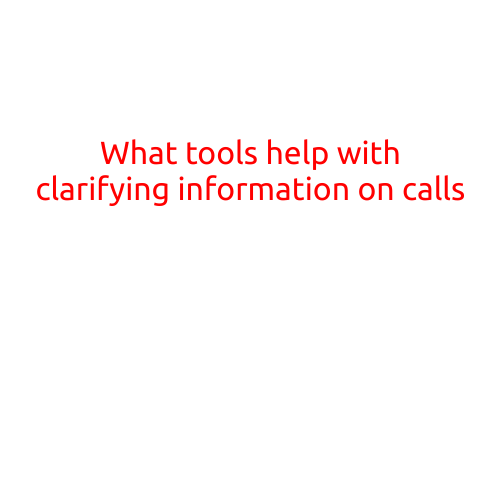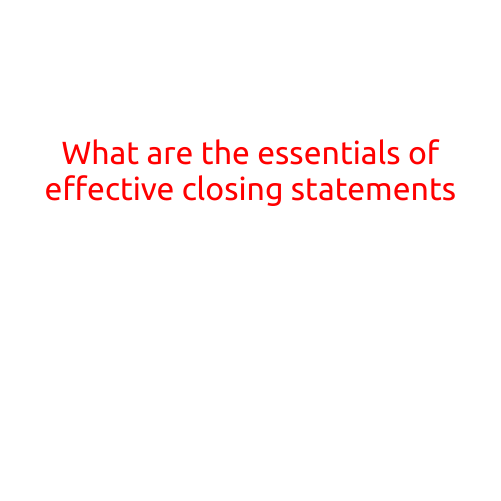
What are the Common Mistakes in Handling High Call Volumes?
Many businesses, especially those in the service industry, face the challenge of handling high call volumes on a regular basis. Whether it’s a customer support team, a help desk, or a crisis hotline, managing a large volume of calls can be a daunting task. However, falling victim to common mistakes can lead to poor service, increased wait times, and even damaged customer relationships. In this article, we’ll explore some of the most common mistakes in handling high call volumes and provide tips on how to avoid them.
Mistake #1: Lack of Adequate Staffing
One of the most fundamental mistakes in handling high call volumes is not having enough staff to handle the volume of calls. This can lead to long wait times, frustrated customers, and a high probability of abandoned calls. To avoid this mistake, businesses should ensure that they have adequate staffing levels, particularly during peak hours or periods of high volume.
Tip: Analyze your call volume and peak hours to determine the best staffing levels. Consider hiring temporary or seasonal staff to supplement your team during periods of high volume.
Mistake #2: Poor Call Routing and Distribution
When calls are not routed and distributed effectively, it can lead to a backlog of unanswered calls, frustrated customers, and reduced productivity. To avoid this mistake, businesses should implement a call center software that can automatically route calls to the most available and qualified agents.
Tip: Implement a call center software that utilizes skills-based routing, auto-logout, and queuing to ensure that calls are routed to the most available and qualified agents.
Mistake #3: Insufficient Training
Untrained or inadequately trained agents can struggle to handle high call volumes, leading to poor customer service and reduced efficiency. To avoid this mistake, businesses should provide comprehensive training to their agents, covering topics such as product knowledge, customer service skills, and troubleshooting techniques.
Tip: Provide regular training sessions and coaching to agents to ensure they have the necessary skills and knowledge to handle high call volumes. Also, conduct regular feedback sessions to identify areas for improvement.
Mistake #4: Inadequate Technology
Outdated or inadequate technology can hinder the ability of agents to handle high call volumes efficiently. To avoid this mistake, businesses should invest in modern call center technology that can handle high call volumes, including cloud-based call center software, automatic call distribution, and speech analytics.
Tip: Invest in modern call center technology that can handle high call volumes, such as cloud-based call center software, automatic call distribution, and speech analytics. Also, consider investing in collaboration tools, such as video conferencing software, to improve agent accessibility and productivity.
Mistake #5: Insufficient Call Handling Procedures
Lack of standardized procedures for handling high call volumes can lead to confusion, inefficient handling of calls, and poor customer service. To avoid this mistake, businesses should develop and implement standardized procedures for handling high call volumes, including protocols for call escalation, customer dissatisfaction, and after-call work.
Tip: Develop and implement standardized procedures for handling high call volumes, including protocols for call escalation, customer dissatisfaction, and after-call work. Also, conduct regular quality monitoring and coaching to ensure agents are adhering to procedures.
Conclusion
Handling high call volumes can be a challenging task, but falling victim to common mistakes can lead to poor service, increased wait times, and damaged customer relationships. By avoiding these mistakes and implementing effective strategies, businesses can ensure that they are well-equipped to handle high call volumes and provide excellent customer service. Remember to prioritize adequate staffing, effective call routing and distribution, insufficient training, inadequate technology, and insufficient call handling procedures to ensure a successful and efficient call center operation.





